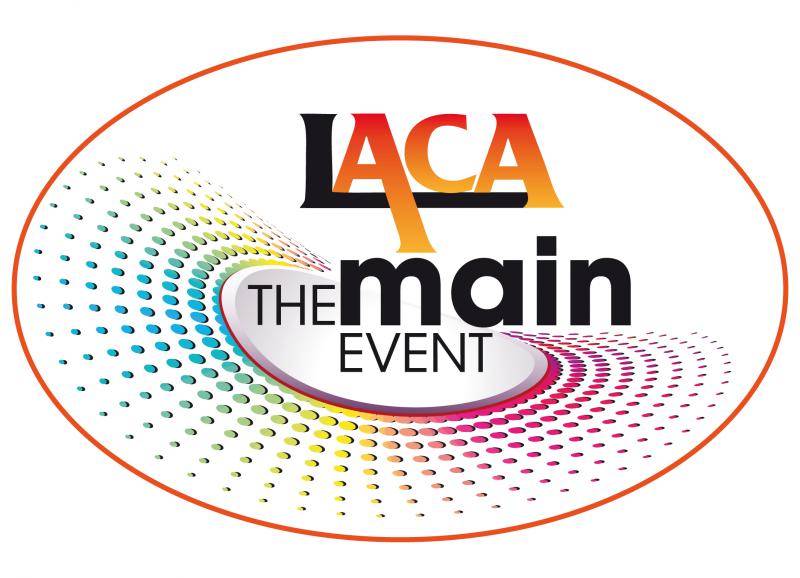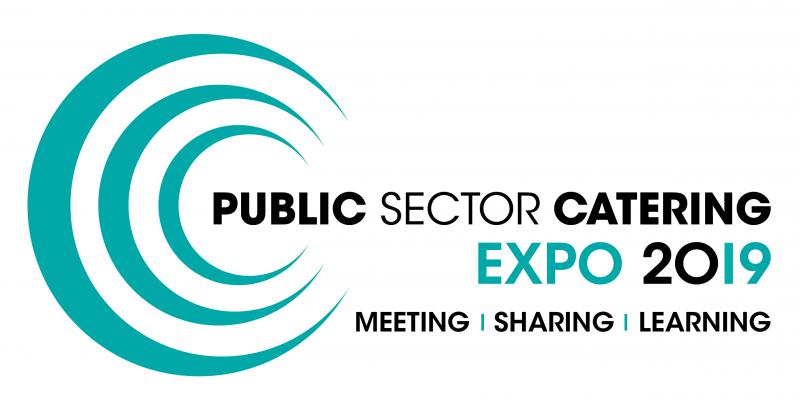Key things to consider when planning for a successful trade show
January 30, 2019 - 07:49Industry shows are a big investment, but still remain one of the most cost effective way of getting your products and services in front of customers and prospects, so the more prepared you are the better.
Know your audience and focus on their needs
Take the time to identify your perfect prospect for your product or service at each show. Select the most appropriate products or solutions to present to that target audience and keep those top-of-mind when creating your messaging, focusing on the benefits and how they’ll solve the specific needs of the attendees at each different event.
Identify (and prioritise) why you are exhibiting
Be sure on what your business goals for the event are. Are you planning on selling a product or service, networking with other businesses or looking to gain new clients?
Once you have identified your goal, set yourself realistic targets based on the anticipated show attendance - ensure all staff are prepared on the day and pre-determine how you will measure success when the show’s over.
Getting ahead on these areas means you can make the most of the experience.
Design an attractive, functional (uncluttered) stand
Keep your stand open and inviting. Use graphics to create interest in your product or service by telling potential prospects what it can do for them in about 3 seconds - the time it takes them to walk past your stand.
Draw visitors in, then keep them engaged using, hands-on demos, ‘info-tainment’ and professional staff. Attendees want to interactively experience your product or service, not just walk through or past it.
If relevant, find ways to add interactive elements to your exhibition stand as this can be a great way to attract people and generate interest, whilst informing people of your products or services. You may choose to hold competitions or challenges or simply a prize draw entry for anyone visiting your stand – just ensure that whatever interactivity you choose, it is relevant to your business and your target market.
Visitors will have seen a lot of exhibitors in a short space of time – make sure they remember you above all others
Promotion, promotion, promotion – Pre-Show, At-Show AND Post-Show
Studies have shown that an exhibitor can double the number of qualified leads at a show with effective pre-show and at-show promotional campaigns - as soon as you have confirmed your place at the event, make sure you spread the word.
If you can, invite people to come and see you at the event - if you don't, your competition will! Use social media, advertising, email, and your website to get the message out.
- Follow social media accounts for the event and join in the conversation - inform people of where you will be and what they can expect to see at your stand.
- Promotional items such as stickers, bags and stationery are a great way to promote your brand and make your company more memorable, they can also give a further point of reference should they wish to contact you.
- Bear in mind however, that most exhibitors hand out promotional material, so the more creative and considered your material, the better!
- Whilst you’re at the event, promote your attendance by sending out social media posts to help you connect with other attendees and encourage them to your stand.
Prepare your team for “show business”... first impressions count
Trade shows are a different model of sales opportunity that come with their own challenges – make sure your staff are prepared and ready to welcome visitors onto your stand.
- Appearing friendly and approachable is a good start for conversation and puts you in good stead for a successful event.
- Turn off your mobile phone and laptops – and don’t eat on your stand. Stay focused on your visitors and objectives and remember why you are there!
- 80% of stand success is down to staff – make sure they are prepared!
Record all contact details and follow-up information (and make sure you follow up)
Plan ahead with whoever will follow up on your show leads to decide what relevant information they will need; contact information, product interest, current supplier, reason for changing suppliers, role in the purchasing process, timeframe to buy and requested follow-up method/timing.
Industry statistics say that no follow-up is done on 80% of show leads!
However interesting your stand, it can be difficult for attendees to remember everyone they have met on the day, so don’t wait too long to get in touch with people. Stand out by contacting your prospects by the agreed-to method – and no later than a week after the show closes. Stats show that you will need to contact them on average six times before they convert.
And finally... book early for the next year and ensure you get a prime space!
| EXHIBITIONS, CONFERENCES & FORUMS | ||
  |
 |
 |
| LACA Main Event & Education Catering Exhibition Read more |
Exercise Joint Caterer (EJC) Read more |
HCA Leadership & Development Forum Read more |
 |
||
| Public Sector Catering Expo 2019 Read more |
||

